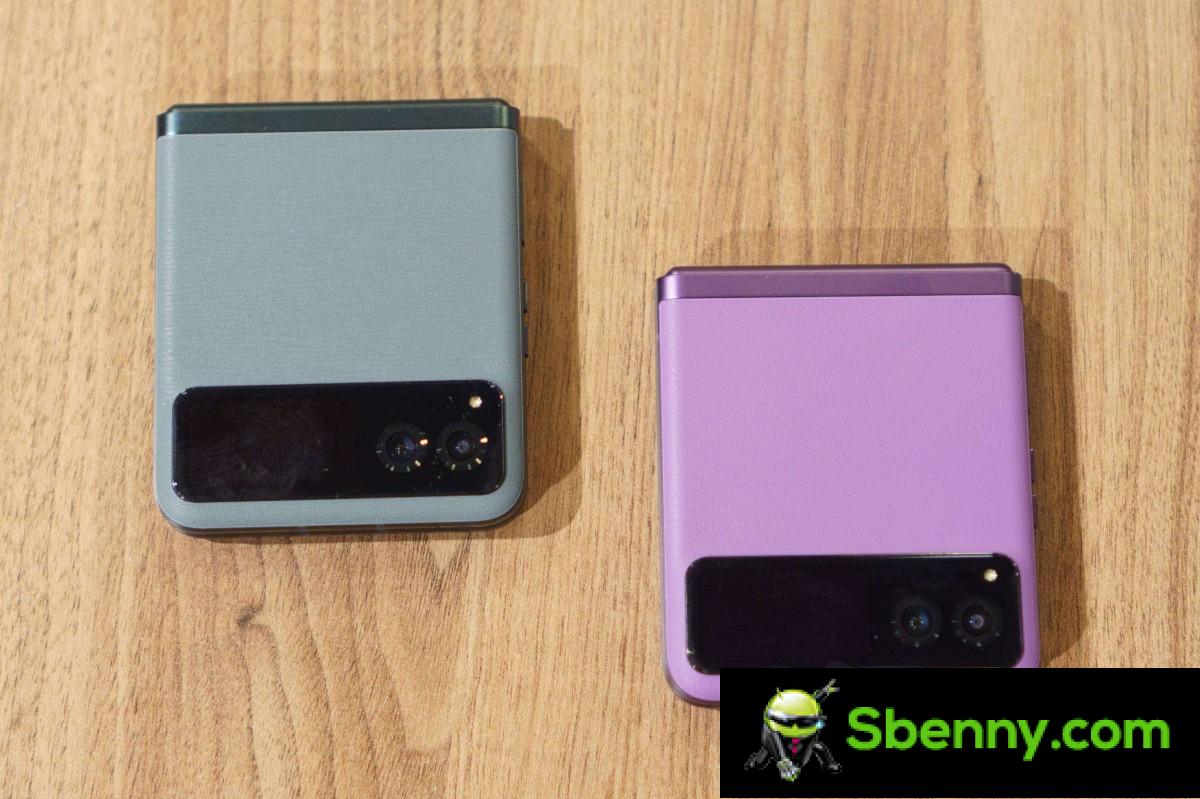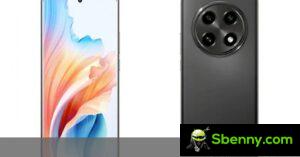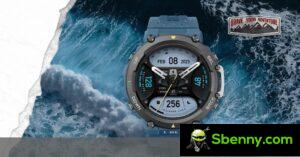Yesterday Motorola introduced its next generation of foldable devices: the Motorola Razr 40 Ultra and the Motorola Razr 40, two phones similar in their essence, but different in many key aspects.
The Motorola Razr 40 Ultra is available now in Europe and will ship in North America on June 23 – we have the review for you. But the Razr 40 is still a few months away.
We were able to spend some time with the Razr 40, so here are our first impressions.

The Motorola Razr 40 is behind the Ultra in some ways, but it might actually be more appealing as an overall clamshell foldable. The most obvious difference is the cover display. That’s less than half the size of the Razr 40 Ultra’s cover display from 3.6 inches to 1.5 inches. The smaller canvas is useful for notifications and select-only interaction, but it allowed the Razr 40 to pack a 10% larger 4,200mAh battery.
Inside, the displays are the same size at 6.9 inches, but the Razr 40’s FHD+ AMOLED refreshes slightly slower at 144Hz. It’s still taller than most of its competitors will go, however, so we wouldn’t hold it against the Razr 40.



Motorola Razr 40 and Razr 40 Ultra
Now, let’s take a look at the Motorola Razr 40 on its own. It comes in three distinct colors: Sage Green, Vanilla Cream, and Summer Lilac. No Viva Magenta here, at least for now.
No matter which color you choose, you get faux leather-bound panels, making the Razr 40 comfortable to hold and softer to the touch. We also assume that the leather-like material will fare better against scratches than glass.
The Razr 40’s chassis is made from 7000-series aluminum and has a matte finish that looks great and is resistant to fingerprints.
The phone uses Motorola’s teardrop hinge, which can support the phone in multiple angles (for selfies, leaned over to watch a video, etc.).



All leather design
The Motorola Razr 40 is IP52 rated, which means it’s resistant to dust and dripping water. Motorola said it has coated the inside against moisture, so unless you drop it in the pool it should be fine.
Overall, the Razr 40’s slightly curved design makes it comfortable to hold, and the leather top layer gives it a soft, tactile surface. Thing is, there’s nothing razor-like about this phone, perhaps Motorola should reconsider the monicker for something more appropriate to the feel of the phone.



IP52 rating
Going with a smaller display cover is probably the Razr 40’s main drawback when compared to its Ultra sibling. The cover display is meant to provide information at a glance so you can decide whether you need to open up your phone and use the larger display or not.
The one on the Razr 40 is built in similarly to the one on the Galaxy Z Flip4. If you need a bigger screen coverage, look at the Ultra, but if you’re okay with that, consider that you’re getting a bigger battery as well.
Coupled with the efficient Snapdragon 7 Gen 1 chipset, the 4,200mAh power supply has the potential to go a long way on a single charge.



The essential cover display
Next, consider what Motorola has done with the Razr 40. It’s nearly as capable as the Ultra, but it’s arguably sleeker and will last longer on a charge. And, the Razr 40 will dwarf the Razr Ultra and Galaxy Z Flip4 by some margin when it finally goes on sale, which could make it a gateway to clamshell foldables for the masses.

It may be a little early to compare the Motorola Razr 40 against the original V3, but this could certainly be a modern day winner for Motorola.







Start a new Thread